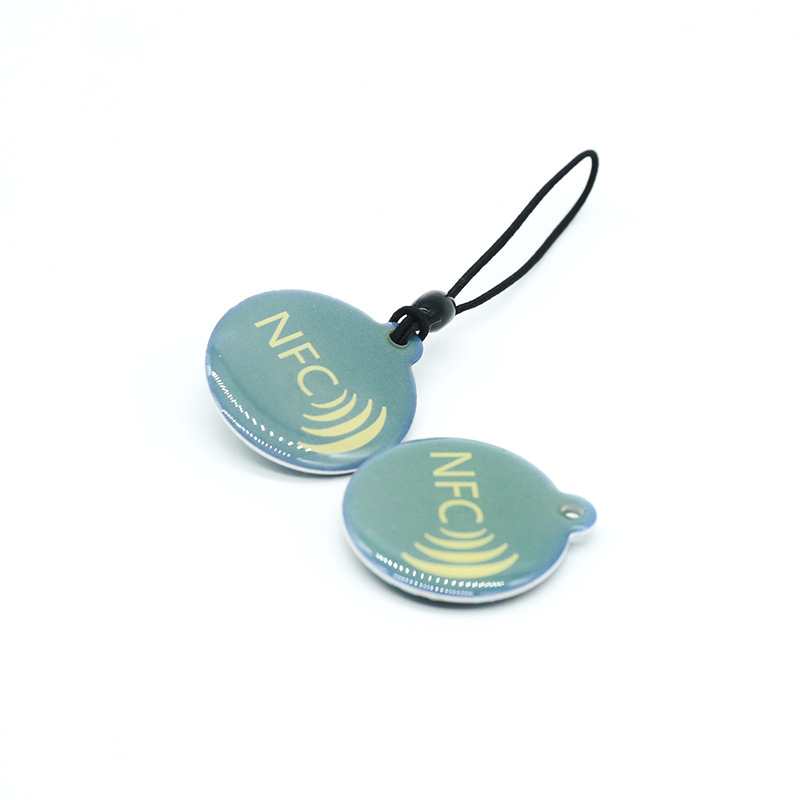Introduction
Near Field Communication (NFC) technology has revolutionized various industries, from retail to logistics. Two popular NFC chips, the ICODE SLIX2 and the NTAG210µ, offer distinct features and use cases. In this article, we’ll delve into their specifications, applications, and which one might be the right fit for your project.
1. ICODE SLIX2
Overview
The ICODE SLIX2 belongs to NXP’s ICODE family and has been in use for several years. Let’s explore its key features:
- Total memory: 316 bytes
- User memory: 320 bytes
- Max URL length: 250 characters
- UID (Unique Identifier): 8 bytes
- Data retention: Up to 50 years
- Write endurance: 100,000 cycles
- ScanStrength: High
Technical Specifications
- Chip thickness: 120 μm
- NFC Forum Type: 5
- Operating Frequency: 13.56 MHz
- Data Transmission Rate: 53 kbit/s
- Standard: ISO/IEC 15693
Use Cases
The ICODE SLIX2 finds applications in:
- Libraries (for book tagging)
- Item tracking
- Anti-counterfeiting measures
- Asset management
- Packaging and logistics
- Product marketing
- Large-scale asset tagging
2. NTAG210µ
Overview
The NTAG210µ is designed for cost-effectiveness without compromising functionality. Let’s explore its features:
- Total memory: 64 bytes
- User memory: 48 bytes
- Max URL length: 40 characters
- UID: 7 bytes
- Data retention: Up to 10 years
- Write endurance: 100,000 cycles
- ScanStrength: High
Technical Specifications
- Chip thickness: 75 μm (standard) / 120 μm (optional)
- NFC Forum Type: 2
- Operating Frequency: 13.56 MHz
- Data Transmission Rate: 106 kbit/s
- Standard: ISO/IEC 14443 A
Use Cases
The NTAG210µ is ideal for:
- Short IDs
- Brief web links
- UID-based applications
Conclusion
Choose your NFC chip wisely based on your project requirements. If you need more memory and features, the ICODE SLIX2 is a robust choice. However, if cost-effectiveness and shorter applications are your priorities, the NTAG210µ fits the bill. Remember that both chips work seamlessly with mobile phones, making them versatile tools for enhancing user experiences.












